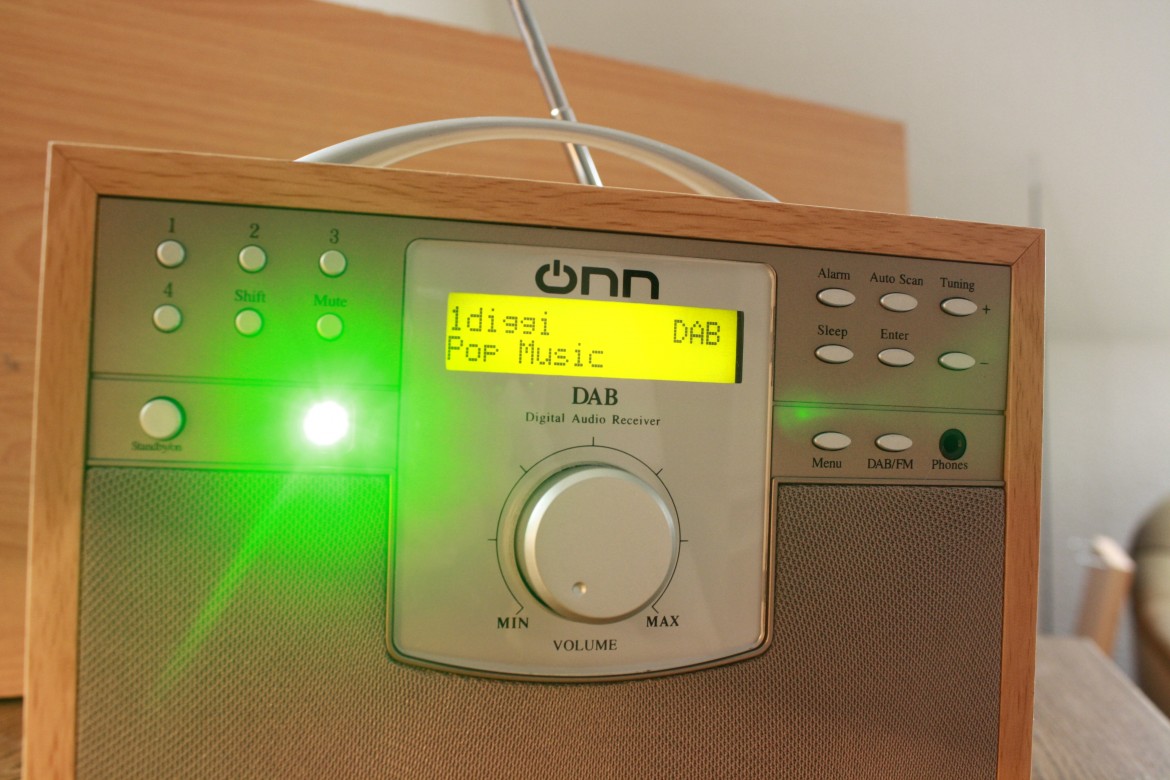By Brendan Quinn
Norway has announced plans to fully phase out the FM radio frequency by 2017, aiming to replace traditional radio with digital broadcasting technology.
DAB, or Digital Audio Broadcasting, is an alternate form of radio that offers many advantages over traditional radio. It has more bandwidth than AM/FM frequencies and allows broadcasters to fit multiple signals on one transmitter.
DAB Drawbacks
However, DAB requires specific receivers to pick up the signal. Implementation in countries with small populations like Norway is feasible but cracking into the North American market is a much bigger task, president of the Ontario Association of Broadcasters Doug Kirk told Humber radio reporter Vick Karunakaran.
“There were stations that ran on DAB here up until 2-3 years ago. Most of the Toronto stations simulcasted on DAB but there was no receiver penetration at all,” said Kirk. “They were very hard to get, and not available in car, so the only people that had them here seemed to be the technical managers of the radio stations.”
Kirk said that the while the technology has been adopted by some small European and South-East Asian countries, Canada generally follows what the U.S. is doing, and AM/FM receivers are still the dominant form of radio technology in that country.
Another Alternative
That doesn’t mean that radio tech has stagnated here in North America.
A new form of broadcasting, called HD radio, is rapidly gaining traction thanks to implementation by major auto manufacturers. HD radio is an American spin on DAB, which is being implemented here in North America.
It offers similar benefits to DAB, like the ability to do multiple channels and have data services running on your radio station.
“It’s tech that evolved in the US about 15 years ago in response to DAB, which is European technology. HD is on the air on about 2500 radio stations in the U.S. and car makers have adopted HD radio as an option,” Kirk said.
“This is a tech that’s already there, it avoids the problem of DAB. HD is alive and well and being promoted in distribution in cars.”
Currently, the U.S. has several million HD radio receivers coming down through the automobile industry, and about half a million in Canada.
Should radio traditionalists be worried?
Kirk said he doesn’t think so.
Conventional forms of broadcasting are certainly facing an evolve or die situation in an era where companies like Netflix are gaining more members every year and cable companies are facing massive drops in customer numbers.
Kirk said he feels this isn’t as much of an issue and that radio still has a good lead in being a very local medium and will continue to evolve by adapting to shifts in technology.
“I think radio has to adopt and use all the tech available to it to continue to survive,” he said. “The biggest challenge right now is the adoption of connected cars, having high capacity data and streams available, so radio has to find a role within that.”
“[HD radio] is a tech that’s already there, so it avoids the problem of DAB.”


